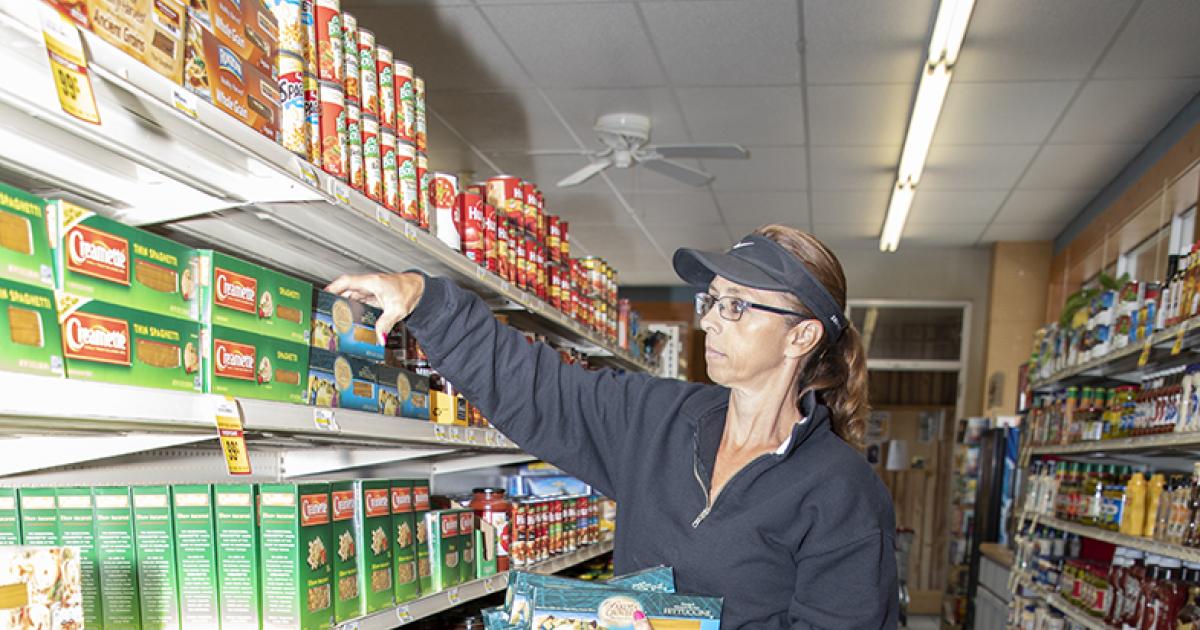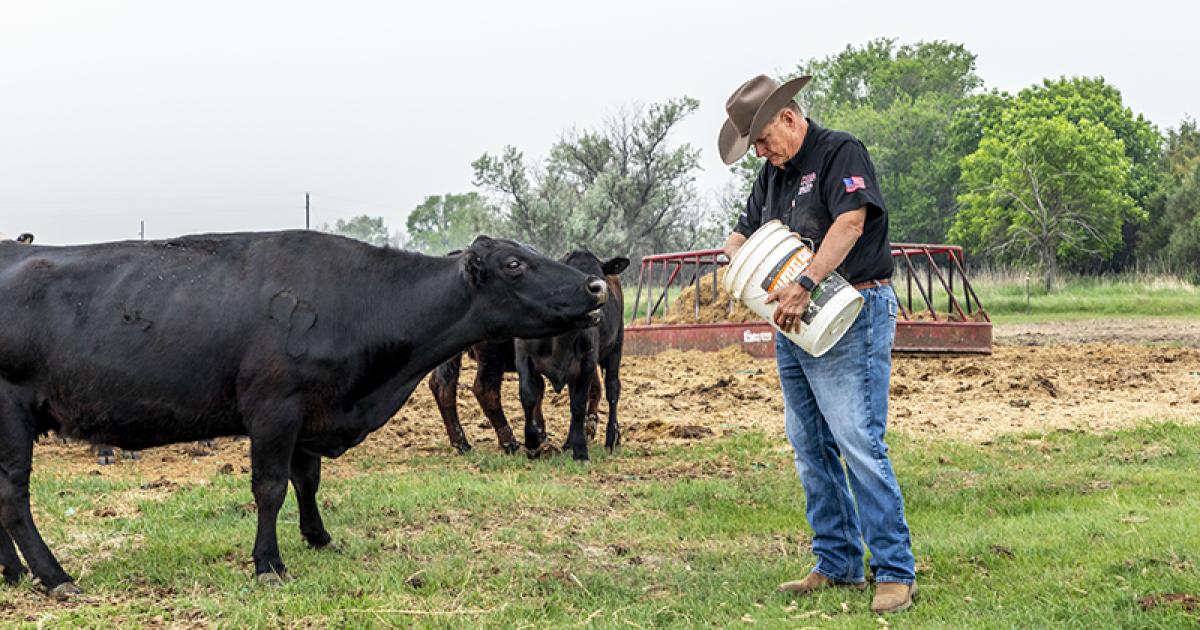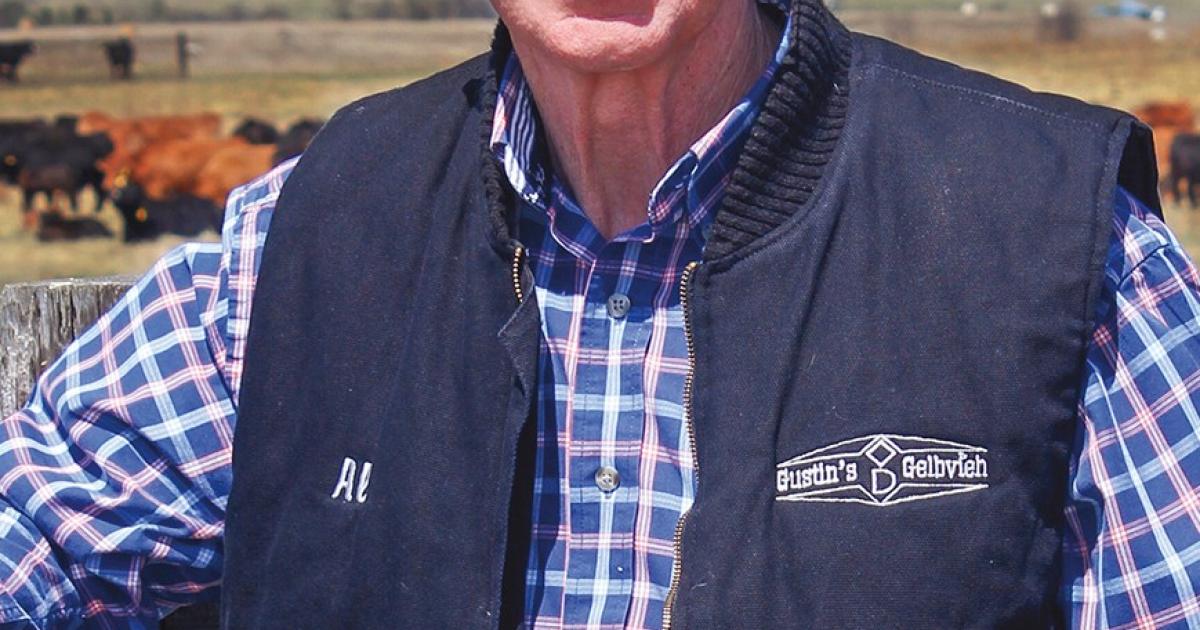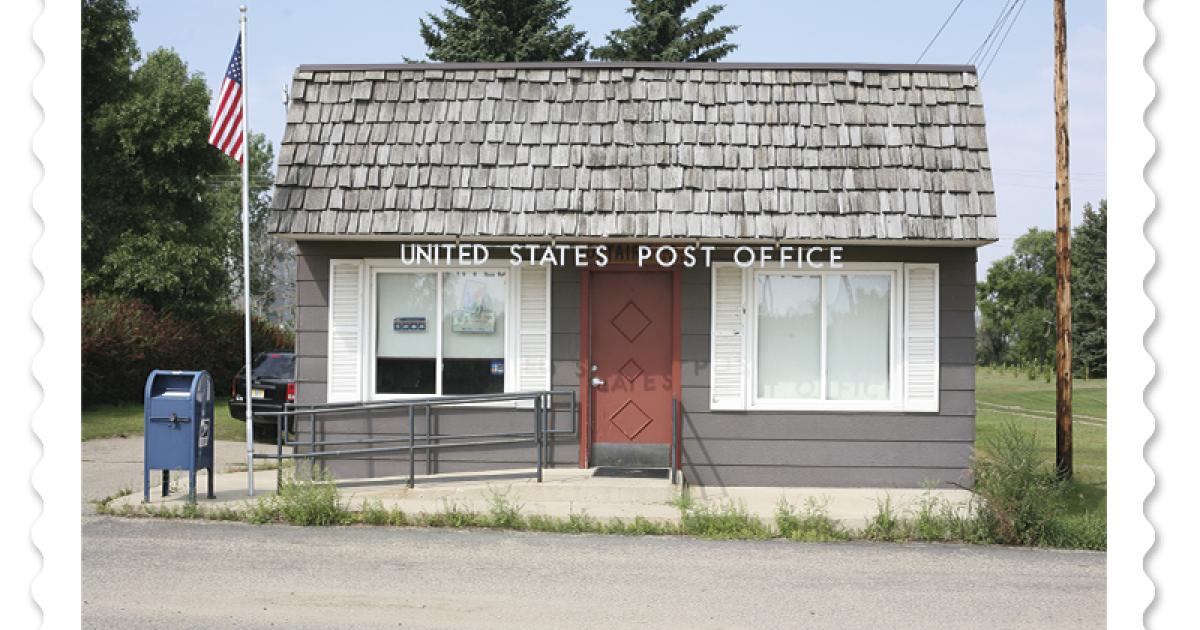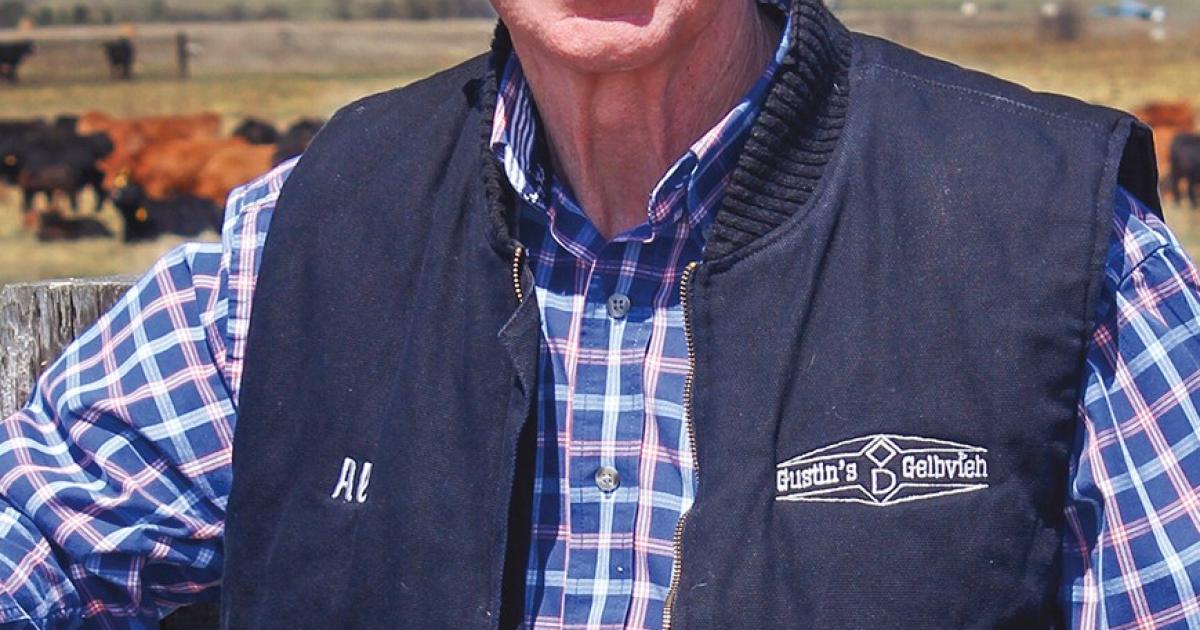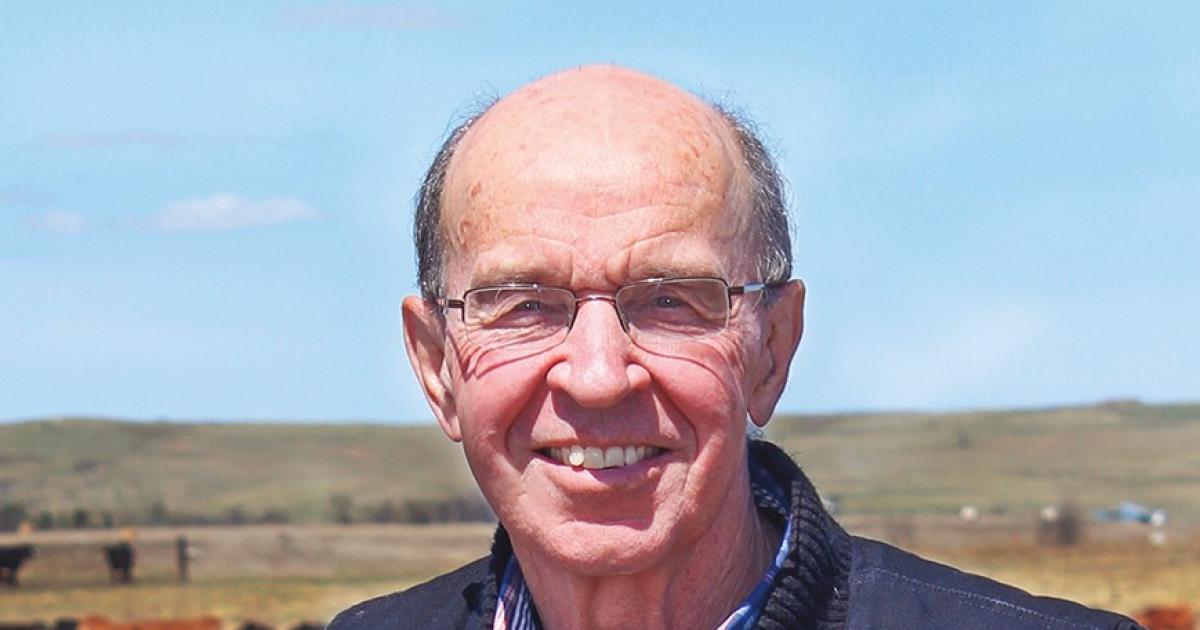Cally Peterson
The story of a professional chef in New York City moving to small-town North Dakota for love seems the perfect plot for a Hallmark Christmas movie.
Except it’s not so far-fetched for Sheri Shockman.
When Sheri joined an online dating service about 15 years ago, she was not looking for a relationship. Rather, she wanted to help a loved one who had fallen victim to an online scam.
“I went on (the online dating site) to find this scammer. Instead, I found my husband,” she says.
“They needed people, and we were just kind of a link in a food chain,” Westhope native and Vietnam War veteran Dennis “Denny” McKechnie says. “I didn’t have a choice. I got No. 19 in the lottery, and my buddy got 18. … We knew where we were going, right?”
They were just boys when their country called them.
“I didn’t want to be there, but yet, here I am with 30 guys. They don’t want to be there neither,” Denny recalls of the plane ride to Vietnam in May 1971.
He was only 20 years old.
The greatest responsibility I have as editor is to tell stories that do justice for the people who experienced them – and so bravely share with others. That responsibility has never felt greater.
This month, North Dakota Living presents its first cover-to-cover tribute to veterans.
Earlier this year, a friend and mentor, Rob Keller, suggested North Dakota Living be considered as a media partner on the Western ND Honor Flight. Getting his endorsement alone was an honor.
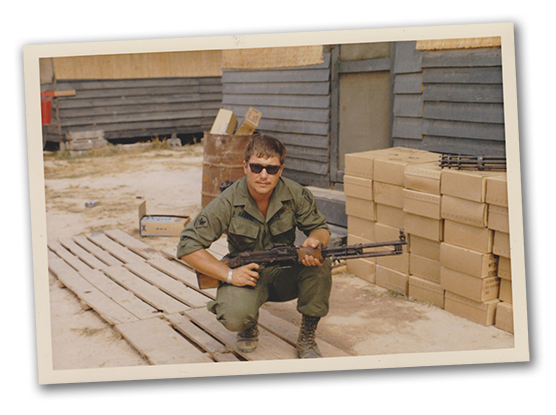 “When I left for Vietnam and flew out of Bismarck, that's the first time that I saw my dad cry,” Vietnam War veteran David “Dave” Logosz says. “My mom and dad were there, and my grandparents were there, and they were all in tears. I'm sure they didn't think I was going to come back alive.”
“When I left for Vietnam and flew out of Bismarck, that's the first time that I saw my dad cry,” Vietnam War veteran David “Dave” Logosz says. “My mom and dad were there, and my grandparents were there, and they were all in tears. I'm sure they didn't think I was going to come back alive.”
But he did.
There’s a catchy tune any kid who went to Farmers Union Camp will remember.
I’ve got the Farmers Union spirit up in my head / WHERE? / Up in my head! …
I’ve got the Farmers Union spirit up in my head / WHERE? / Up in my head to stay!
It didn’t take me 10 years of camp, earning my Torchbearer Award or being a Farmers Union Camp counselor, however, to understand how interchangeable “Farmers Union” is with “cooperative” in that song.
I owe my early understanding of co-ops to Farmers Union.
Tracie Thompson hasn’t gotten a paycheck in more than a year and a half – and it isn’t because she’s not working.
She’s working – a lot. And she’s trying to make things work in the small town of Westhope, 2 miles from the Canadian border in north-central North Dakota.
A few years ago, the Westhope grocery store, which Thompson managed, was in financial trouble, and the owner was forced to close in December 2023.
Bill Butterfield is good at a lot of things.
The Lodgepole, S.D., native is in the Hettinger High School hall of fame. He got his PGA card two years after picking up a golf club. His Black Angus cows and calves eat out of the palm of his hand.
“I have to be competing in anything I do,” Butterfield says.
Four years ago, the self-taught pitmaster took home the People’s Choice award at his first competition barbecue event in Taylor.
Butterfield didn’t just bring the smoke that day: He brought his homemade seasonings.


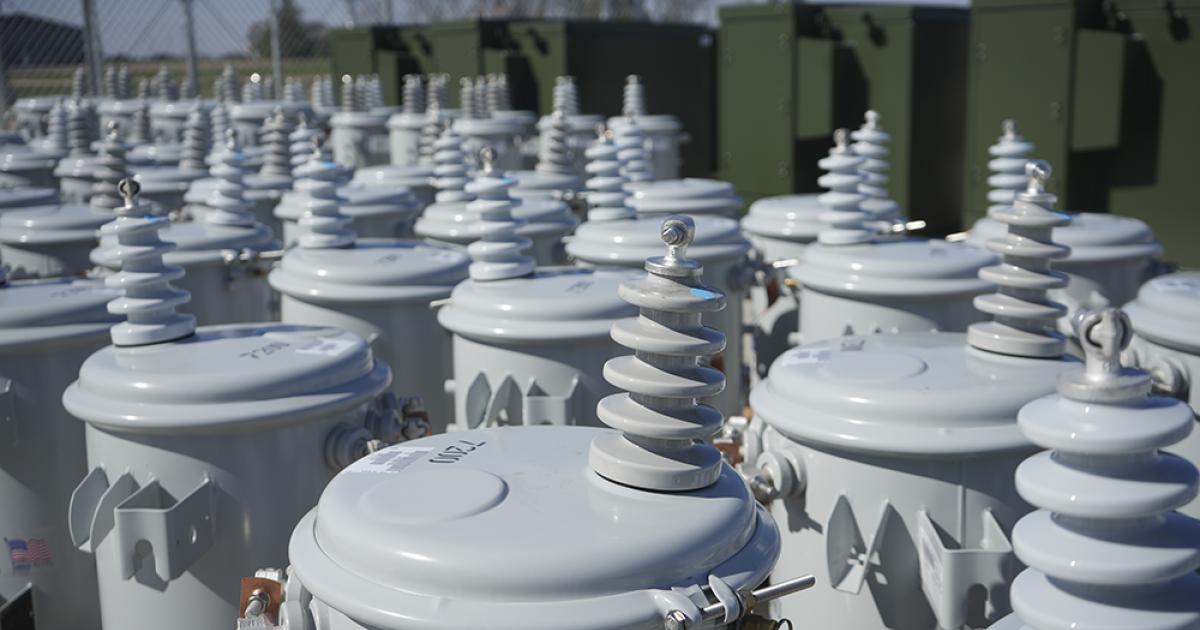
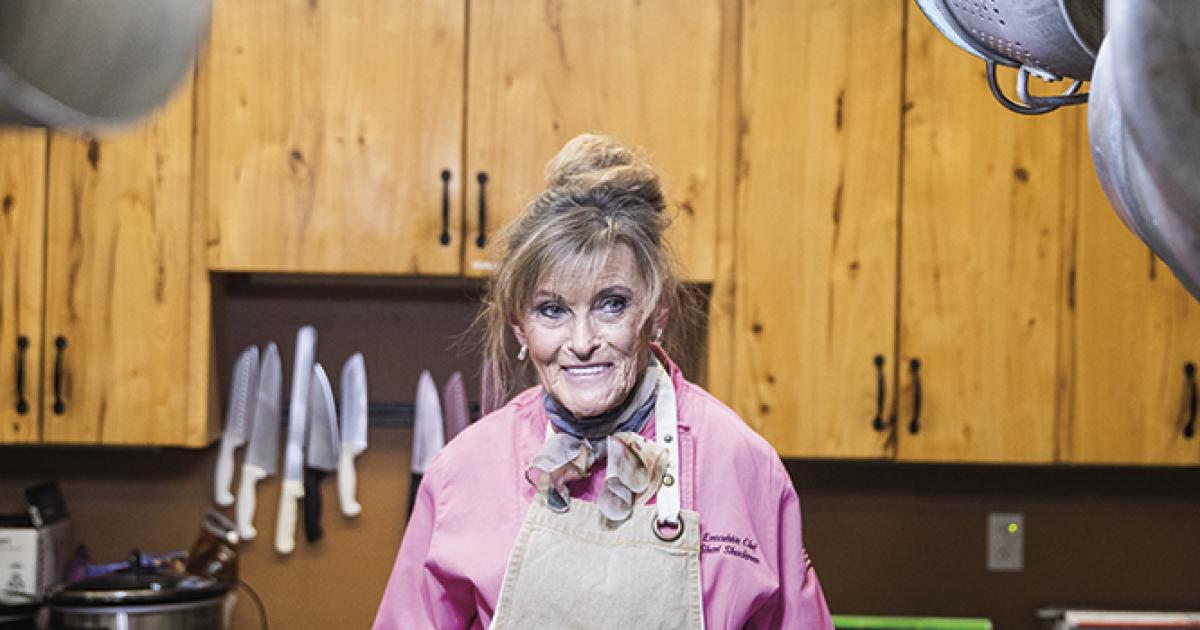

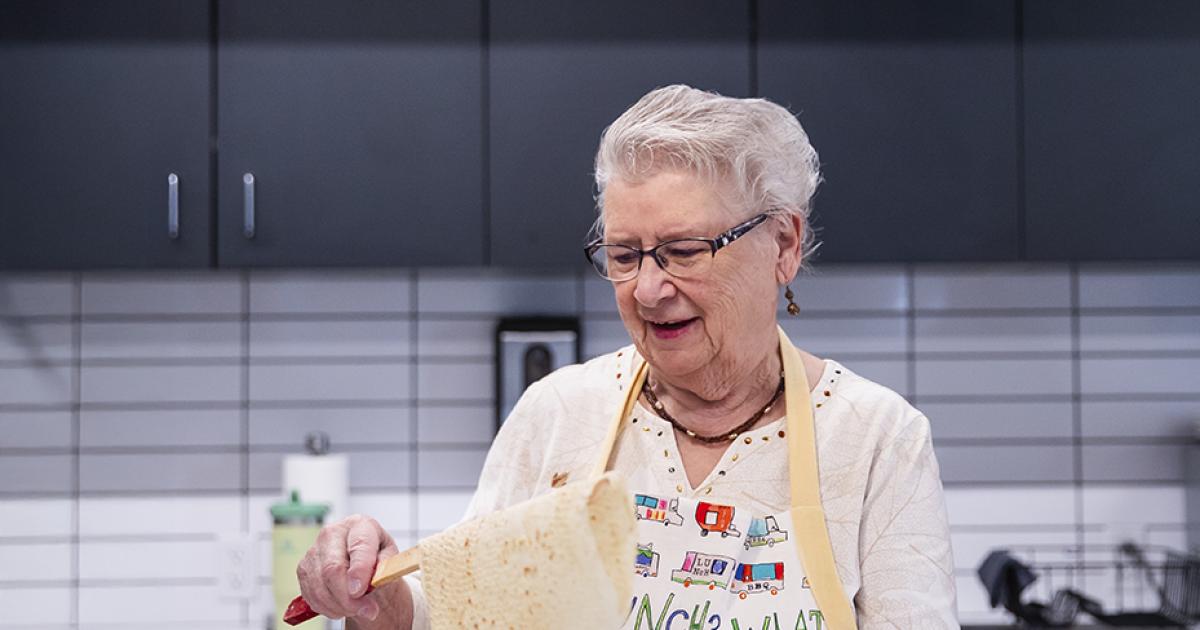


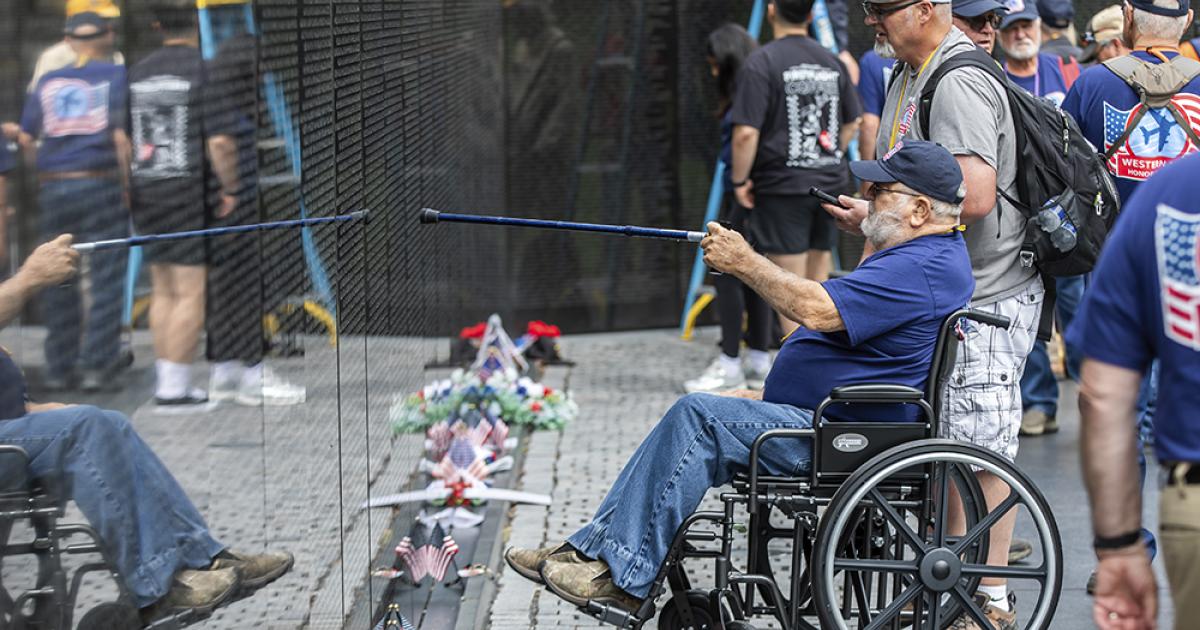
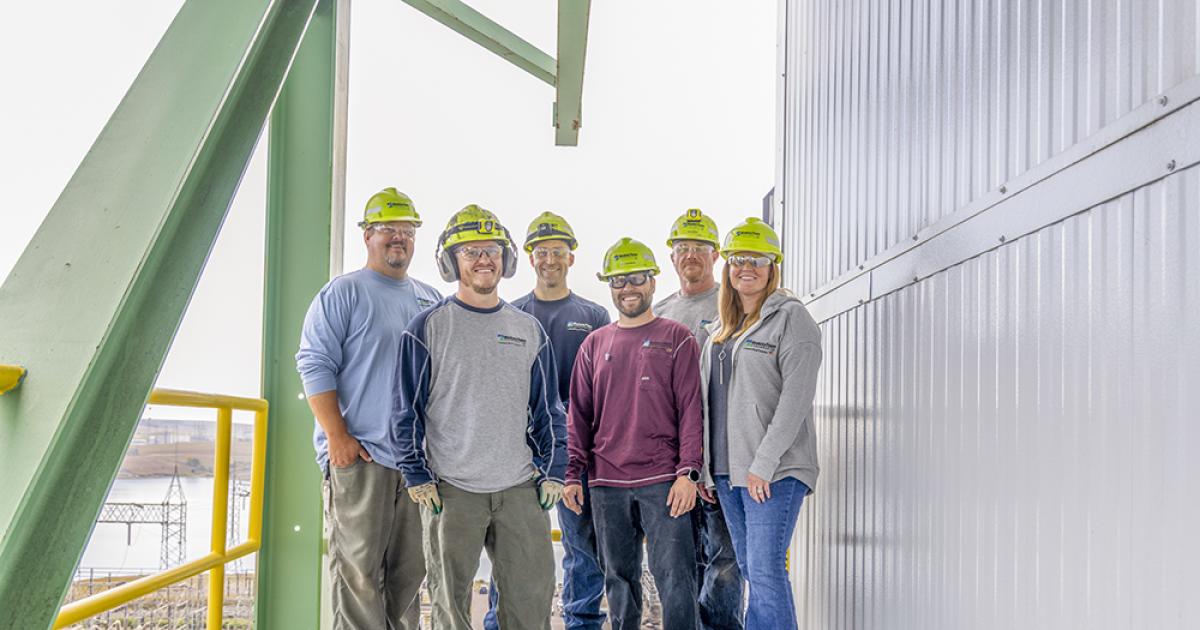
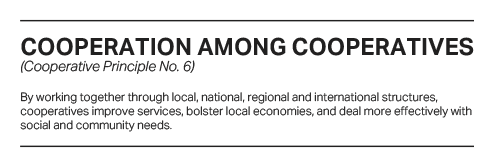 A bear hunt. Jiu-jitsu. Hitting the gym. Simply opting for a few extra steps at work instead of sitting or standing. These are all ways electric cooperative employees have incorporated movement into their lives.
A bear hunt. Jiu-jitsu. Hitting the gym. Simply opting for a few extra steps at work instead of sitting or standing. These are all ways electric cooperative employees have incorporated movement into their lives.
